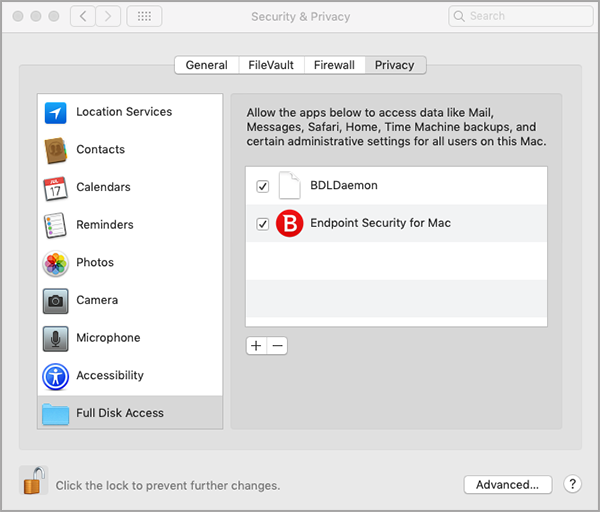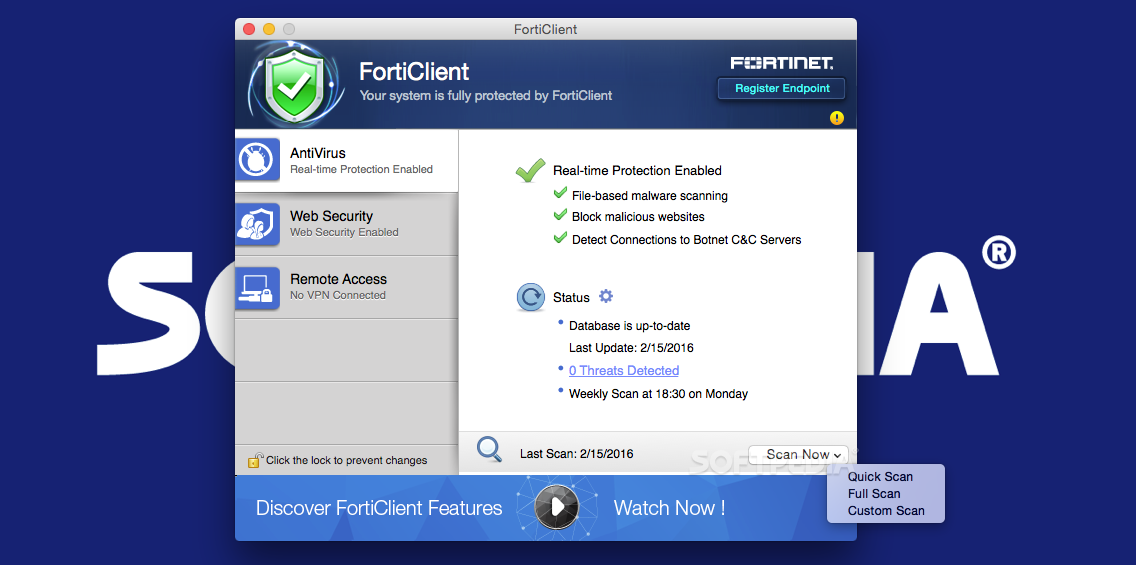
I couldn't find a way to modify the DH Group for an existing IPSec tunnel in the FortiOS 5.4 GUI, but here are the CLI commands to make the change:įW01 (phase1-interface) # edit YOUR_VPN_TUNNEL If you have an IPSec VPN Tunnel configured on a FortiGate firewall, and you used the default 'Dialup – Cisco IPsec Client' template, it's likely that your DH Group is set to 2. Yes, I was on to something – my Google Foo was strong! What next? Google to the rescue, of course!Ī quick search for 'OSX 10.11.4 IPsec' yielded a thread in Apple's Support Communities that was opened just yesterday with multiple users having similar issues. There have been some reports that this may deactivate Office's license. Microsoft Office 2011: Office 2011 applications may experience frequent hangs and crashes. Update to Mac OS X 10.11.1 or higher and the latest version of Microsoft Office 2016. This version includes on the slow ring the improvements and fixes delivered with the Endpoint Security for Mac version 4.54, released on fast ring. OS X Mavericks (10.9) and OS X Yosemite (10.10) have reached end of support on December 31st, 2019.

This update is available for OS X El Capitan (10.11) and later. A quick test of the same VPN profiles on a second Mac that had been updated to 10.11.4 yielded the same results, even when connected to a second ISP, confirming my theory. After successfully connecting to a fourth VPN profile (also L2TP over IPsec), I was beginning to think the issue had nothing at all to do with the original VPN endpoint I was attempting to connect to or my ISP.



I then tried a third profile using Cisco IPsec, with no luck. I tried a secondary VPN profile that's L2TP over IPsec and had no issues. When I first discovered the VPN client wouldn't connect to a Cisco IPsec profile that was working just fine before the update, I first thought it may be a problem on the remote end, or even perhaps with my ISP. If you're like me, the latest OS X update, 10.11.4, broke some VPN profiles, specifically certain Cisco IPsec profiles.


 0 kommentar(er)
0 kommentar(er)
